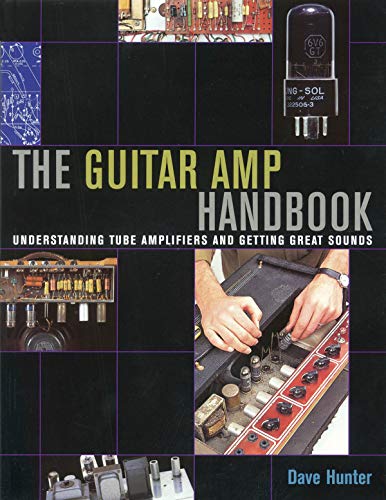There is an AMPLIFIER in the middle.
Logically, the input has small levels, the output has large levels.
Inputs may want to be shielded, but they don't feed more than a few inches of line. Inputs taking very weak levels should have very low losses so as not to degrade system noise figure.
Outputs may have to pass significant power to charge long lines or multiple loads. Outputs may be allowed considerable loss... you just use a slightly larger-power amplifier.
You can sometimes run NFB around an OT; this is rarely practical on an IT.
> output transformer backwards as an input
You may or may not regret the little/no shielding or (slight) shifts in frequency response. Although transformer designers agonize over this stuff, in many practical cases the difference is insignificant.
> edcor XSM10k:600 and XSM600:10k
On this series, the input starts on Pin 1. Your low-paid assembly workers do NOT know 600 from 10K, but they can be told pin-numbers. Your semi-skilled technicians may know 600 from 10K, but wiring the supermarket attic on a (northern hemisphere) hot day like today, it really is better to use the specified part and then just squint pin 1 and be done rather than be sweating all over an impedance pinout table.
On this series I think Edcor does just wind the bobbin the other way to make the other part. This is not over-agonized iron. It works great in the 99% of apps that don't depend on some fancy tricky iron.
And if your tech staff can think straight, then the one 600:10K part can be used 10K:600 by getting the wires on the right pins. You would only stock both parts when it streamlined your assembly or installation process more than the cost of another bin and inventory time/capital.

































![Soldering Iron Kit, 120W LED Digital Advanced Solder Iron Soldering Gun kit, 110V Welding Tools, Smart Temperature Control [356℉-932℉], Extra 5pcs Tips, Auto Sleep, Temp Calibration, Orange](https://m.media-amazon.com/images/I/51sFKu9SdeL._SL500_.jpg)